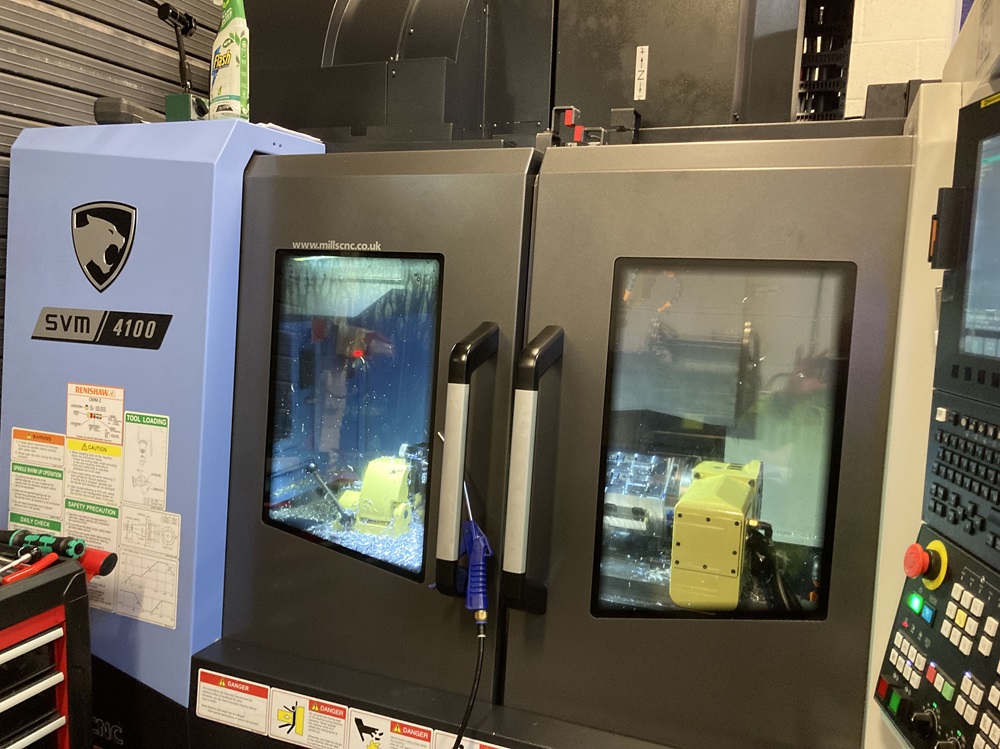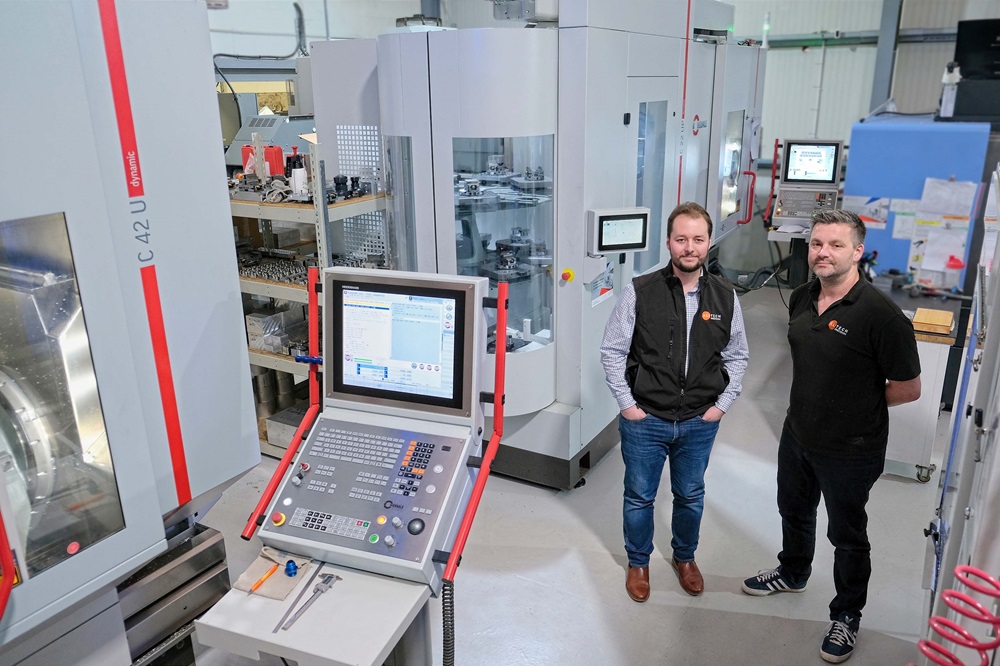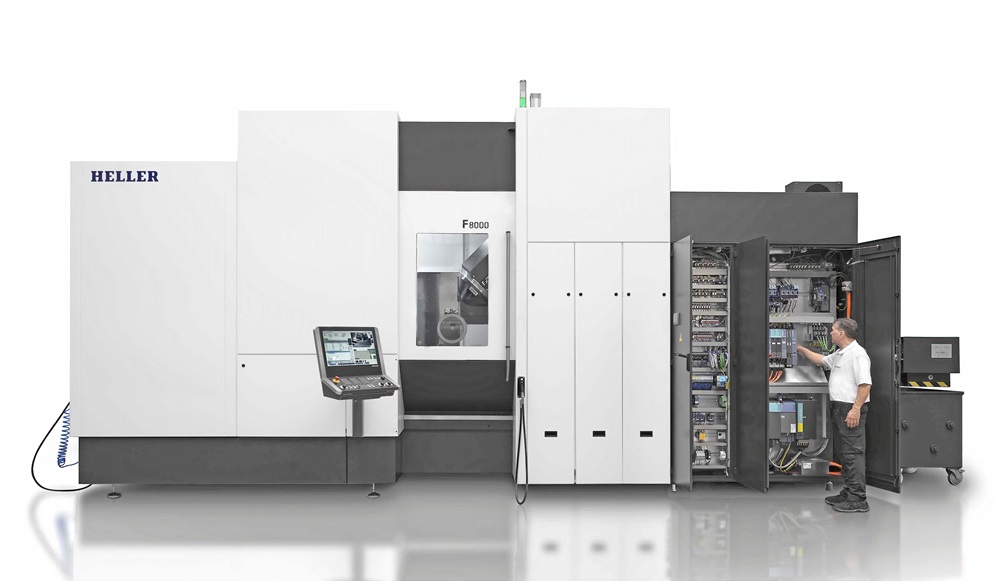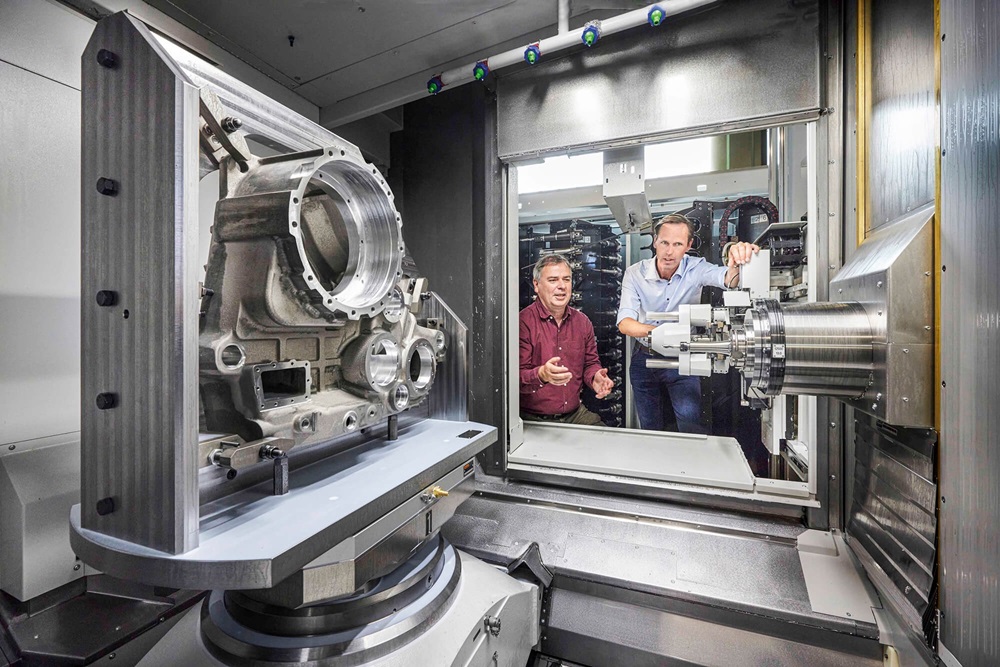Aylesbury-based R&A Engineering won a contract in early 2023 to produce several hundred aluminium parts per month (across six variants) for assembly into sensors that optimise the orientation of wind turbines. The job was tying up a pair of BT 40-taper vertical machining centres on the shop floor and impacting the subcontractor’s ability to take on other work. So the decision was taken to transfer production to a 30-taper, high-speed VMC, prompting an order for a Brother M200X3 with 16,000 rpm spindle from Whitehouse Machine Tools.
The new Brother Speedio M200X3 five-axis VMC has on average halved the time it takes to complete post-anodising milling, drilling and tapping operations on the six components. The machine is therefore able to perform the same work as the two VMCs used previously.
Ed Piotrowski, operations manager at R&A, says: “The Brother performs very well. Cycle times are now between 90 seconds and four minutes, half of what they were before. Moreover, the machine holds the ±0.05 mm tolerance all day long without any problem. It’s a really accurate machine.”
Reviewing the characteristics of the respective BT spindle machines, Piotrowski observes that while power and rigidity are higher in a 40-taper VMC, modern, smaller-taper counterparts such as the Brother have a reasonably well specified spindle motor with good torque, even in the medium- to high-speed range. The drive motors are also consistent with robust machining, while face-and-taper-contact tool retention assists further, as in R&A’s case.
He says: “Although the machining of light alloys is really the province of this type of machine, using CAM software to create intelligent cycles involving light depths of cut and high-speed contouring means it can also tackle tough and difficult-to-machine metals.”
More information www.wmtcnc.com



















